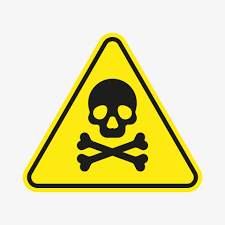So, It’s Okay to Poison the Children Now?
Or was the PCB scare just a scam that got out of control?
It was only a few years ago that Vermont lawmakers were bragging that thanks to them Vermont had adopted the lowest acceptable threshold for PCB’s (a potential carcinogen found in certain pre-1980’s building materials) in schools – a level significantly lower than what the federal EPA deems safe (4000% lower!). Levels significantly lower than what Europ…
Keep reading with a 7-day free trial
Subscribe to Behind the Lines: Rob Roper on Vermont Politics to keep reading this post and get 7 days of free access to the full post archives.



